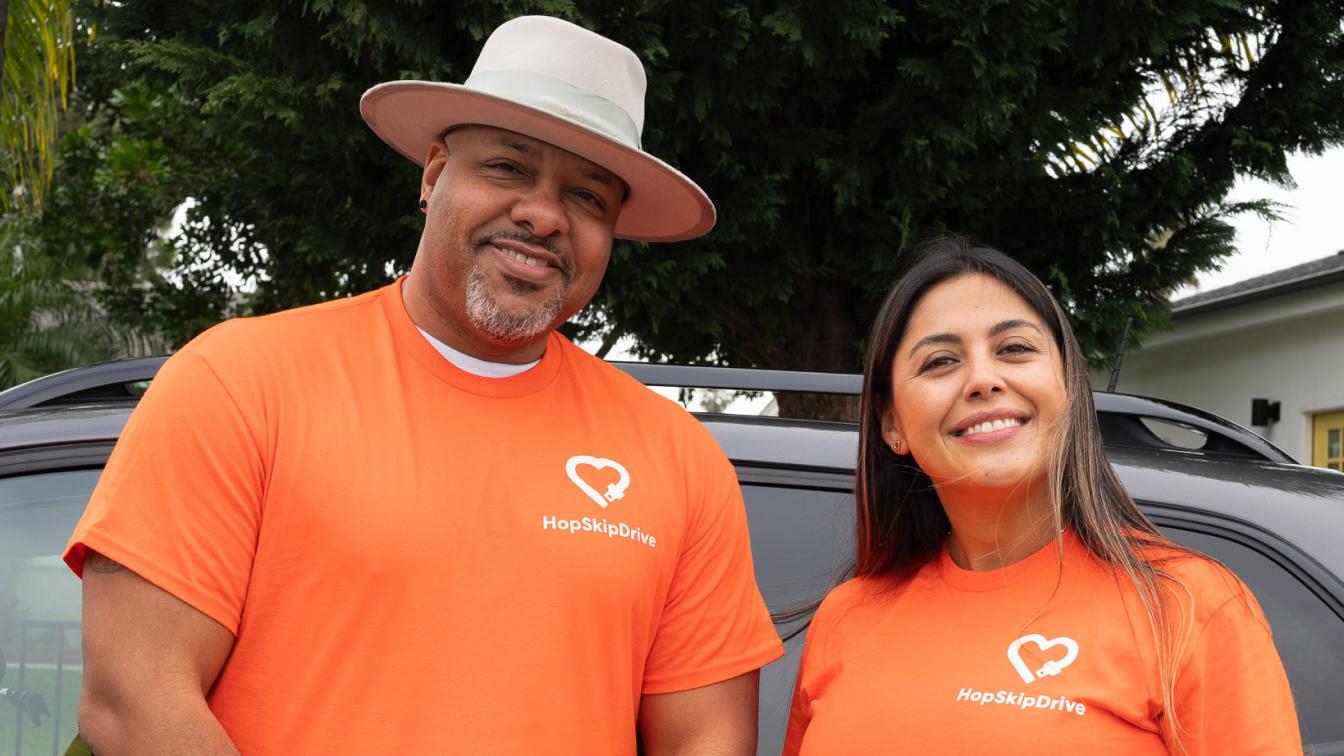Supplemental School Transportation: The Key to Unlocking a Modern and Efficient System

The school transportation landscape has changed dramatically in recent years, yet one challenge remains: getting kids to school on time safely. Despite schools being fully back in person and daily routines settling into a new normal after the pandemic, there were still 12.4% fewer school bus drivers in September 2024 than in 2019. The school bus driver shortage, coupled with budgetary constraints and rising individualized student needs, has created a situation where school districts are left trying to close the gap between student needs and available resources.
While around 50% of families rely on private vehicles to get their children to and from school, gaps in transportation persist — creating ongoing challenges for districts striving to ensure every student has a reliable way to get to class.
Building a modern, efficient school transportation system is a necessity, one that means school districts need to explore innovative alternatives that complement the traditional yellow bus. Districts across the country are turning to supplemental school transportation to bridge critical gaps, ease the strain on bus fleets, and make sure students who need extra support don’t get left behind.
More students need flexible, equitable transportation than ever before
The yellow school bus makes sense when most students within a neighborhood or general geographic area attend the same school. But the rise of school choice, an increase in students with individualized education programs (IEPs), and legal mandates for students in foster care and those deemed eligible for McKinney-Vento services have all pushed the limits of the existing system.
For many students, these transportation gaps don’t just mean a longer commute — they mean missing school altogether. Chronic absenteeism disproportionately affects students facing economic hardship or housing instability. For example, at Detroit Public Schools Community District (DPSCD), where 78% of students live in poverty, unreliable transportation is a key driver of chronic absenteeism (when students miss 15 days or more in a school year). Without reliable transportation, missing school becomes a cycle that’s hard to break.
Supplemental transportation is the missing link school districts need to equitably serve students
Modern times call for modern solutions. As existing school transportation options leave districts struggling to meet the needs of today’s diverse student body, supplemental solutions can step in where traditional systems fall short. They offer tailored services for students who need more than what the standard bus can provide, such as door-to-door service for those with disabilities, or efficient routing technology for students living in remote areas. Supplemental solutions can also handle transportation demands for after-school activities like tutoring, music lessons, and therapy — anything that doesn’t fit within the traditional school bus schedule.
These solutions don’t just improve access and streamline operations. With smaller vehicles and more agile routing, supplemental transportation solutions enable districts to cut costs on underutilized bus routes while optimizing service efficiency. The ability to integrate multimodal transportation allows for better results with fewer resources, easing the financial burden on districts. And with optimized routes and the right vehicle mix, these services can reduce the overall carbon footprint, bringing environmental benefits as well.
Student safety, of course, remains a top priority. Through strict driver requirements, real-time tracking, and up-to-date communication systems, supplemental school transportation services can help to ensure students are getting to school in the safest manner possible. With supplemental transportation filling in the gaps, districts can create a path for all students to reliably access education, no matter their circumstances outside of school.
A smarter approach to school transportation with HopSkipDrive
While the traditional yellow school bus remains a cornerstone of student transportation, HopSkipDrive expands possibilities. Providing safe, flexible, and reliable supplemental solutions that work alongside existing district resources creates an inclusive system for all students. Through a combination of award-winning, AI-driven routing software, RouteWise AI™; a CareDriver network that undergoes an in-depth, safety-driven certification process; and industry-leading technology that enables visibility into rides for schools, students, and caregivers, HopSkipDrive helps schools and families bridge transportation gaps that traditional systems can’t always fill.
Districts across the country are already seeing the impact. At Pleasanton Unified School District, HopSkipDrive’s RideIQ platform and tailored transportation services have helped improve attendance, particularly for students with special needs. By offering efficient, door-to-door service, the district has been able to provide reliable transportation without overextending its bus fleet. Working with HopSkipDrive, Denver Public Schools was able to avoid the addition of any new bus routes while approving 11 bell time changes in less than three weeks’ time, thanks to the insights and analytical recommendations of RouteWise AI.
With partnerships spanning more than 600 school districts across the country, HopSkipDrive has become an essential part of the modern school transportation ecosystem. By integrating seamlessly with school bus fleets, HopSkipDrive gives schools the flexibility they need to meet students where they are — so no one is left without a way to get to class.
Ready to explore how HopSkipDrive can transform transportation in your district?
Contact us today for a personalized consultation.



